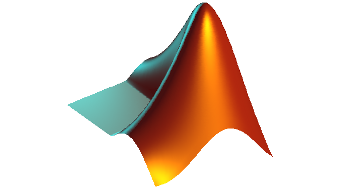
Real-time cloud-scale applications that involve AI-based computer vision are growing rapidly. The use cases include image understanding, content creation, content moderation, mapping, recommender systems, and video conferencing. However, the compute cost of these workloads is growing too, driven by demand for increased sophistication in the processing. The shift from still images to video is��
]]>
OpenCV is a popular open-source computer vision and machine learning software library with many computer vision algorithms including identifying objects, identifying actions, and tracking movements. The tracking algorithms use optical flow to compute motion vectors that represent the relative motion of pixels (and hence objects) between images. Computation of optical flow vectors is a��
]]>
Devin White, Senior Research Scientist in the Geographic Information Science and Technology Group at Oak Ridge National Laboratory, shares how his team uses computer vision, photogrammetry and high performance techniques accelerated with GPUs to automatically validate the geopositioning accuracy of satellite imagery. White talked with us about the research at the 2016 GPU Technology Conference.
]]>
In the previous CUDACasts episode, we saw how to flash your Jetson TK1 to the latest release of Linux4Tegra, and install both the CUDA toolkit and OpenCV SDK. We��ll continue exploring the power efficiency the Jetson TK1 Kepler-based GPU brings to computer vision by porting a simple OpenCV sample to run on the GPU. We��ll explore computer vision further in a future CUDACast when we look at the��
]]>
The Jetson TK1 development kit has fast become a must-have for mobile and embedded parallel computing due the amazing level of performance packed into such a low-power board. In this and the following CUDACast, you��ll learn how to get started building computer vision applications on your Jetson TK1 using CUDA and the OpenCV library. CUDACasts are short how-to screencast videos about new��
]]>
In an earlier post we showed how MATLAB? can support CUDA kernel prototyping and development by providing an environment for quick evaluation and visualization using the object. In this post I will show you how to integrate an existing library of both host and device code implemented in C++ or another CUDA-accelerated language using MEX. With MEX you can extend and customize MATLAB��
]]>